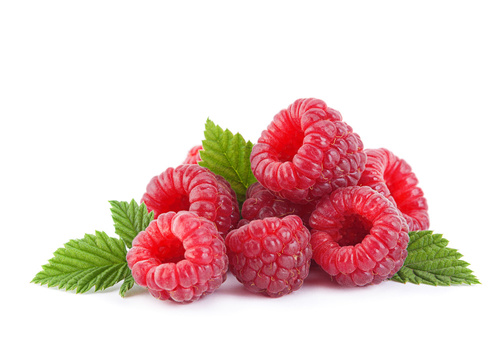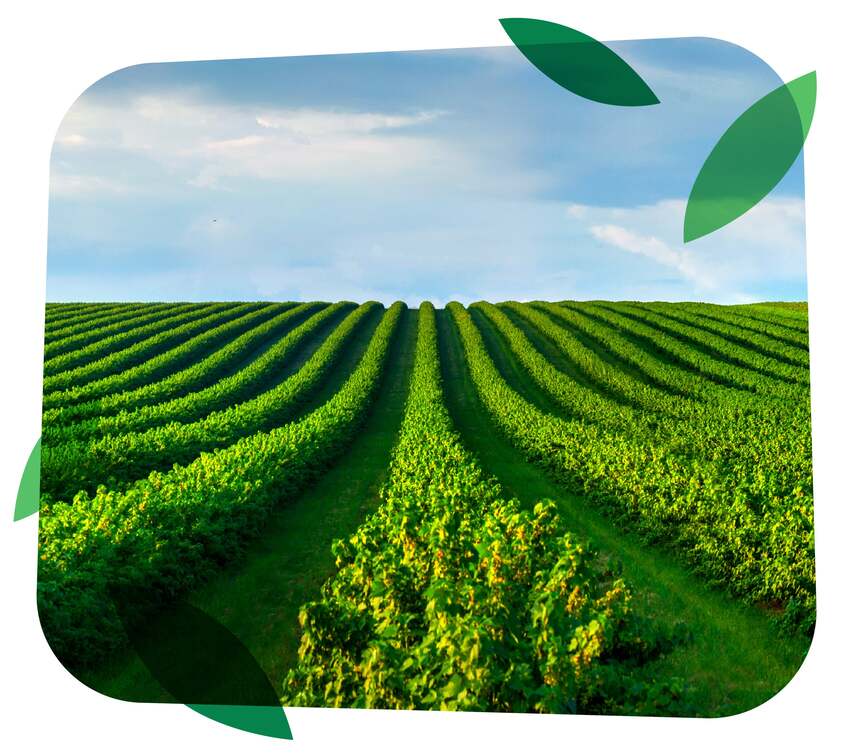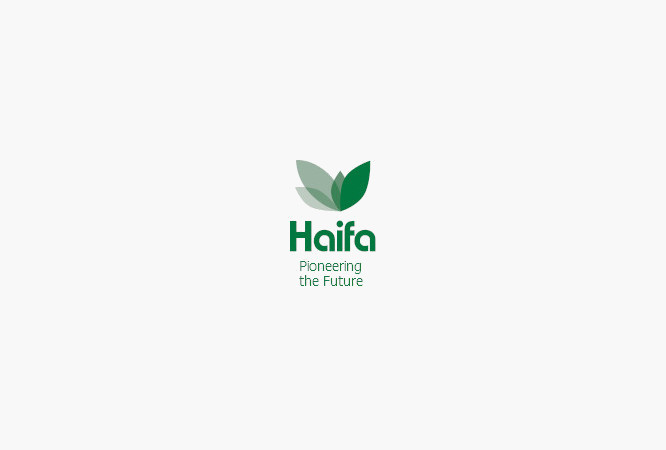Fertigation recommendations for soil grown Raspberries (kg/ha)

|
Timing |
No. of weeks |
N |
P2O5 |
K2O |
|
May - September |
20 |
60 |
30 |
120 |
These application rates and timings are for crops grown at standard densities on medium textured soil. Rates may need to be adjusted for very light fertile soils, or where a very high cropping density is employed.
A general guideline for splitting K application in fertigation programs for raspberries:
|
Growth stage |
Share of K2O at stage (%) |
Recommended rate (kg/ha of K2O) |
|
Leaf emergence |
15 |
30 |
|
Flowering |
20 |
40 |
|
Fruit-set |
25 |
50 |
|
Fruit growth |
25 |
50 |
|
Fruit maturation |
15 |
30 |
|
Total |
100 |
200 |
Site Selection:
Raspberries grow best in deep, well-drained loamy soils, with a good water holding capacity and high organic matter content that is greater than 3 percent. Sandy loam soils dry out rapidly, however, they can be used with supplemental irrigation and mulches. Heavy soils can be made suitable for raspberry production through the use of properly installed drainage systems and use of transplanting on raised beds.
Raspberries should not be planted immediately following potatoes, tomatoes, eggplants, or peppers since this increases the risk of verticillium wilt. In addition, a raspberry planting should be isolated as much as possible from wild raspberry and blackberry plants, which harbor virus diseases.
Site Preparation:
Fertility adjustments. Soil tests should be conducted before planting and then the site should be fertilized accordingly and soil adjusted to pH 6.5. It is necessary to apply lime to increase pH or sulphur to decrease pH at least one year in advance of planting, as it often takes a year to change soil pH. Potassium, phosphorous, or magnesium should be added in the fall prior to planting in spring. Fertilizers should not be added to raspberries immediately after they are planted. The plant needs time to develop a vigorous root system. Nitrogen can be added several weeks after planting depending on soil type. High levels of N are needed for sandier soils, fall fruiting varieties, older plantings, and mulched plantings.
Fertility Management:
Fertilizer applications should be made according to soil test recommendations. Apply 500 to 800 pounds of 10-10-10 fertilizer per acre in split applications on established plantings. Apply half the fertilizer in March and the remainder in May. Fertilizer can be spread uniformly across the row or side dress with half on each side of the row in a 3-foot-wide band. Leaf analyses provide an accurate measure of nutrients needs present in the plant, because actual nutrient levels in the plant are determined. Leaf samples should be taken shortly after harvest, and should consist of randomly selected young primo cane leaves. Leaves should be washed in distilled water and sent to a lab for analysis. Growers should adjust fertilizer based on test results.




